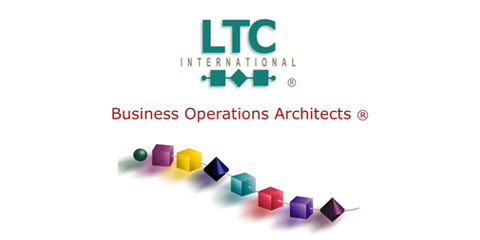|
|

article
page | 1 | 2 | 3 | 4 |
In the Garden Club, the Edge service would be allowed access to the infrastructure and could be billed. Like any customer, the service is already known to the Core network. It has subscribed to certain infrastructure facilities; it has established credit and a pattern of paying on time. It would be up to the Edge service to recover its costs by finding customers or third parties who will pay enough to cover these costs.
Often a service will be delivered to end users on other networks. The Core would manage these inter-network interfaces for QoS and services and develop a realistic and fair peering arrangement for services to replace the current non-economic peering of traffic. This would allow charge-back to the Edge for these foreign services.
|
|
Of course, this model is symmetric. We have talked of the Edge selling its service to end users, and utilizing the Core services. |
|

|
service would make a request of the network, the network would bill for this request as the service facility was delivered. Not much different from today, but instead of the end user requesting the service of the core, the Edge company service makes the request and is charged by the network. Essentially, this is a wholesale model extended to services, but the billing allows use charges by session and facility requested. This fine detail charging information is returned to the Edge, allowing them to develop their own
|
|
|
|

Of course, this model is symmetric. We have talked of the Edge selling its service to end users and utilizing the Core services. A user customer of the Core could also request a service provided by an Edge client of the core; in this case the financial transaction just moves in the opposite direction. Multi-party transactions are also possible, with many Edge services participating over multiple Core providers in an elaborate, but realistic service package or bundle. The Core would provide the multi-party transaction and the settlement services for all parties. Every service would provide periodic resource utilization data to the accounting component. We probably need an embedded micro-payment protocol to more efficiently allocate the costs of multi-party transactions for resource usage; for instance, the provider of a service, the providers of resource services used by that service, the hosts of the service components, and the network utilization can separately “charge” for their part in delivery of the service.
So it’s easy to see how Edge providers can benefit, but the Core must be paid for the infrastructure it provides: hardware and software, connectivity, services and other facilities. IMS provides a current model for how this can be accomplished. Linked to IMS or native SIP services, the Edge company’s
|
|

fine-grained charging mechanisms.
This Garden Club™ model is not so removed from the way things are today that it would be impossible to create in the market. Everyone - Core, Edge, and end-users – stands to gain in the switchover to this sort of market approach. Where today connections are wholesaled, in future Core services are wholesaled - but using a session usage model to discriminate costs back to usage requests. Unlike the Telco 2.0 media model, which has the core charging both the media company for carrying the traffic and the end user for receipt of the service, the charging model moves in only one direction – one entity ultimately pays all the participants. But the Garden Club model is more flexible, because the transaction can move in either direction, depending of the cost model of the end user service mashup that is delivered.
As the Garden Club evolves, more core facilities would be added to improve the end user experience and enable the Edge to concentrate on developing cool new services. The ecosystem of the Garden Club would grow to include: hosting companies, data storage utilities (hosting data), service product providers (design and manufacture of software), service registries (white page and
article
page | 1 | 2 | 3 | 4 |
|
|
|




